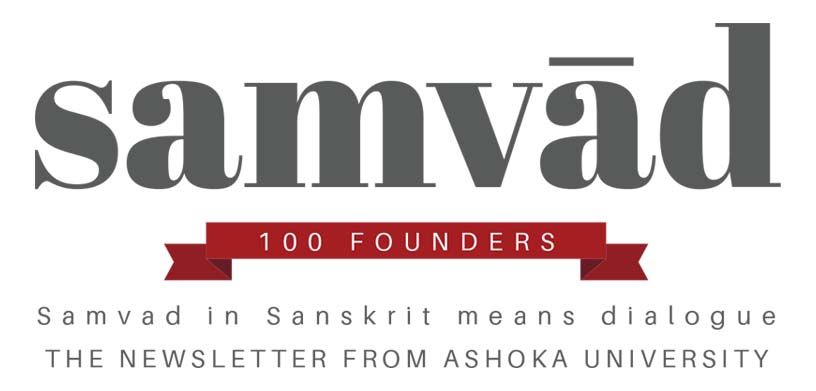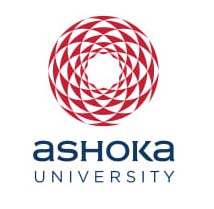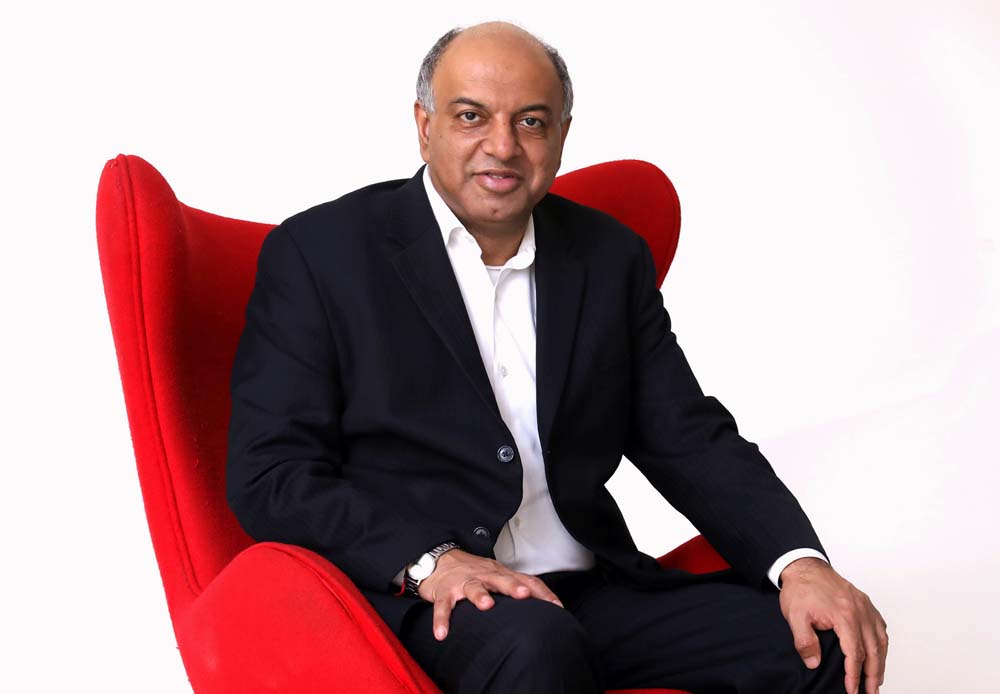10/17
Vol.8





Dismayed with the state of higher education in India, Sanjeev Bikhchandani joined hands with friends to establish a university which would open the students’ minds and not be just about getting a good job. He writes on the origins of what is today Ashoka University.
It was in mid-2007 that a few of us began talking about a grand idea – a new kind of university in India. That was the seed of what would eventually become Ashoka University.
For the next two years, the idea was fleshed out, through countless discussions, over many gallons of coffee (thank you, Ashish, for the hospitality). The issues that we grappled with in those early years were going to be foundational to the character of Ashoka University.
One of the most critical of these was our decision to focus the university solely on Liberal Arts and natural sciences. We would stay away from professional courses such as engineering, medicine, management, law and others that are popular with middle class India because they maximise the chances of getting a job. We wanted to address an unsolved problem: there were hundreds of reputed institutions in India offering professional programmes, but no world-class Liberal Arts institutions.
We believed that it was possible to follow your passion in the Liberal Arts and also have a great future, as long as the institution was world-class. So we set out to establish such a university, with an admittedly vague notion of what ‘world-class’ meant.
Then we told ourselves: it starts with stellar faculty. What would attract such faculty, we enquired of friends at global universities. The answer was emphatic: world-class faculty like to work with others like themselves. In other words, the bar for hiring faculty had to be high across all departments. No compromises.
They like to teach exceptionally bright students, so the bar for admissions has to be high, even if this meant that the early batches were smaller than planned. This also meant that we would get the best students we could, and therefore we would be need-blind in admissions and have a generous financial aid programme. No student would have to give up an Ashoka admission because he or she could not afford the fees. The consequent financial deficit had to be accepted as the cost of excellence and inclusion.
World-class faculty like to have complete independence in their teaching and research. This implied several things.
There would be no interference by Founders on academic aspects, and faculty would be free to set curricula, travel, attend conferences and focus on their research. There would be collective ownership of the university, and no matter how much money you donated, one founder would get only one seat on the Board of Trustees. This has ensured that no one voice gets too powerful, and therefore, ensures autonomy to the Vice Chancellor and faculty.
Students were to have an immersive multi-disciplinary experience, and this meant a fully residential programme, and substantial requirements of academic width before they declare their major.
And finally, world-class meant a move away from the rote learning, which is the hallmark of the Indian education system, to an emphasis on critical enquiry and argument – don’t stop at the ‘what’ and ‘when’, move on to the ‘how’, ‘why’, ‘what-if’ and ‘why not’.
But when we weighed all the aspects of what it meant to be world-class, we understood that it was going to require financial resources of a substantially higher order of magnitude than we had initially imagined. But good people rally around a great cause, and Ashoka has been blessed with a hundred Founders contributing generously. It has the distinction of being the largest collective philanthropy project in India.
But even more than funding it is the time given and commitment demonstrated by faculty and staff that has made Ashoka what it is. As Founders we are also grateful to students and their parents for reposing their faith in us. It is the early batches and the formative years that decide the future course of a university.
Our ultimate aim is not to establish one university, but to catalyse a transformation in Indian higher education. We know that if Ashoka succeeds, others would emulate our model, and we would be glad to share our learnings.
One Ashoka isn’t enough for a country of over a billion minds.
Vineet Gupta, founding Pro-VC, writes on the spirit and zeal of the Ashokans
Ashoka’s journey through its Founders
Two students on how their lives were touched by the Founders